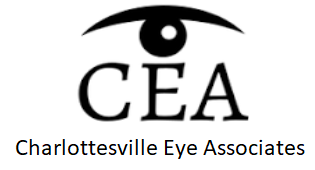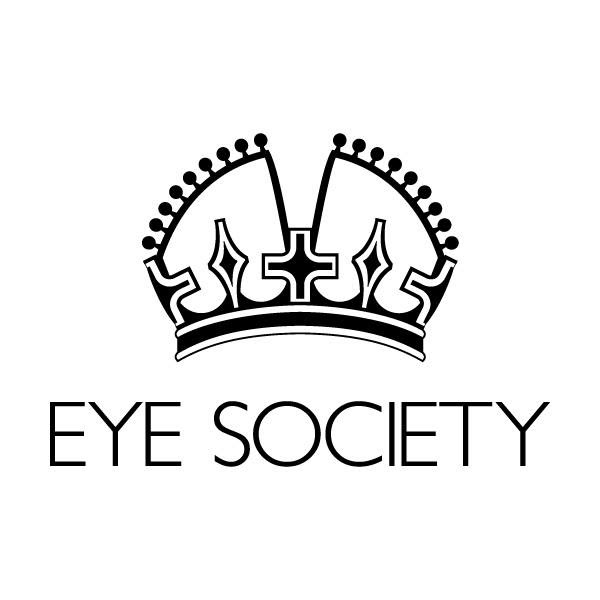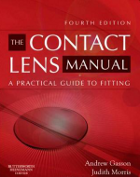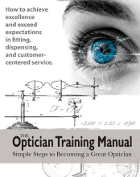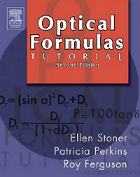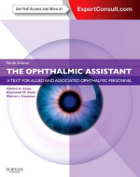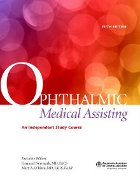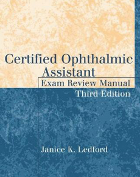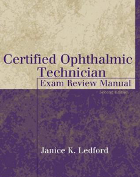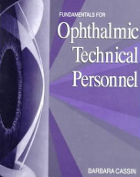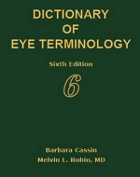Part of the reason that the optical market has become such a large industry is the fact that prescription eye wear solves a physiological visual problem. The four most common refractive errors that people experience were discussed in the visual pathway article. These errors result in less than optimal vision and compel customers to spend money on corrective lenses. The fundamental principles of how lenses work were covered in the lens refraction article. An understanding of refraction is essential to conceptualizing the corrective process.
It is important to keep in mind that an optician’s specialized knowledge and skills relating to the use of lenses to correct visual problems is the foundation upon which the entire industry is built. An optician’s ability to provide the appropriate corrective lenses to customers is what sets them apart from large non-prescription optical retail sales establishments. Opticians who possess the skills necessary to provide the proper lenses, in conjunction with frames that are comfortable and fashionable, will experience great career success.
Review of the Visual Mechanism
In order to orient ourselves to the process of refractive error correction, it is important to review the basic concepts of the visual mechanism. As mentioned in previous articles, the sole purpose of the human eye is to focus light waves on the retina so that electrical signals can pass through the optic nerve to the brain for interpretation. The way in which the eye accomplishes this task is through refraction at both the cornea and the lens.
Refraction is the process of slowing down light waves in order to cause a convergence of light on the retina. The degree to which the cornea and the lens slow down light is referred to as the refractive index which is equal to the speed of light in a vacuum divided by the speed of light in the cornea or the lens (C / V). Refractive problems, such as nearsightedness and farsightedness, are the result of an inability of the cornea and the lens to focus light on the retina. Instead, light is focused either in front of or behind the retina.
The two basic types of lenses are biconvex and biconcave. A biconvex lens, also known as a plus power lens, focuses light behind the lens; whereas, a biconcave lens, also known as a minus power lens, focuses light in front of the lens. The power of a lens is the reciprocal (1/f) of the distance between the lens and the point at which the lens focuses the light. This means that the closer the focal point is to the lens the higher the power and the further away the focal point is from the lens the lower the power.
Using Lenses to Correct Refractive Error
The whole purpose of prescription eye wear, whether it be eyeglasses or contact lenses, is to help the eye focus light waves on the retina so that clear images can be created. In order to understand the many lens features available, an optician must first master the basics of using plus and minus lenses to correct the most common refractive errors. This process basically involves moving the point at which the eye focuses light so that it lands on the retina.
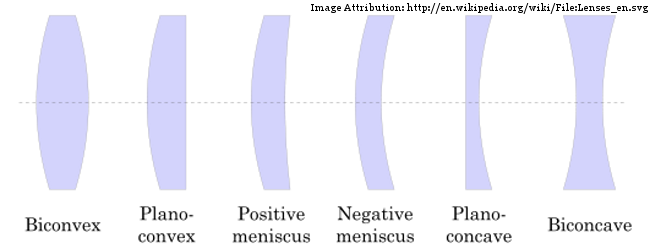
In order to correct the vision of an individual who has myopia (nearsightedness), we would need to move the convergence of light (focal point) further back in the eye so that it lands on the retina. Since a biconvex (plus power) lens moves the focal point forward, we would want to use a biconcave (minus power) lens to correct this error. Since the lens in the eye has a power of approximately +43 diopters, we are using the minus power lens to reduce the plus power of the lens within the eye so that the focal length is extended. This moves the convergence of light from in front of the retina further back so that it falls directly on the retina.
In order to correct the vision of an individual who has hyperopia (farsightedness), we would need to move the convergence of light (focal point) forward in the eye so that it lands on the retina. Since a biconcave (minus power) lens moves the focal point further back in the eye, we would want to use a biconvex (plus power) lens to correct this error. The plus power lens adds to the natural +43 diopter power of the lens in the eye so that the focal length is shortened. This moves the convergence of light from behind the retina forward so that it falls directly on the retina.
As you can see, in order to correct myopia we are using a minus power lens to move the focal point further back and to correct hyperopia we are using a plus power lens to move the focal point forward. These are the most basic concepts that an optician must understand before delving into the more complex lens topics. Taking time to learn the basics of the visual process and the use of plus and minus lenses to correct errors will give you the foundation you need to acquire a true appreciation for the more in-depth concepts.


